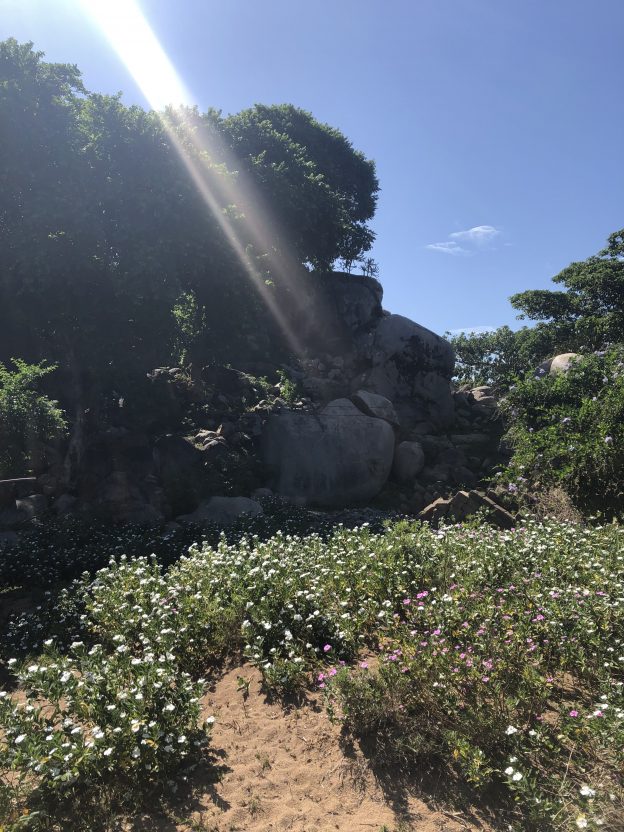By Rasmus Bernander
There is a ZZ Top aura over the Mara Project group as three of its four members wear beards. Unsurprisingly, a fond interest in craft beer in the group can be found. Among the bearded members, I consider myself to be the least interested and knowledgeable when it comes to craft beer, the craft itself included (I am also the one with the thinnest beard – at the moment I’m actually only rocking a moustache and sideburns). However, during field work I always find it interesting and giving to make recordings where language consultants provide accounts on how to produce various types of local alcoholic brews (beer and other concoctions). In the Western Serengeti language varieties such brews are generally referred to as amaro.
The obvious (and serious!) societal problems connected to the use (and abuse) of alcohol aside, the traditional brewing of amaro is still a fundamental part of the culture of the Mara speech communities. Recording the process on how to produce amaro thus provides further insight into a specific cultural trait and type of knowledge of the speech communities, a practice which is as endangered as the language varieties are themselves.
But recordings on how to brew local alcohol are also valuable from a strictly structural linguistic point of view, as such accounts belong to a specific linguistic genre – so called “procedural” discourse – with characteristics of its own. In the Western Serengeti language varieties, procedurals tend to be filled with what are called “tail-head linkage” or “resumptive” constructions. That is, a type of discourse structuring device, where (parts of) the preceding (and thus no longer holding) event depicted in the prior clause is re-introduced to serve as a background for the new information to come. Consider for example this string of sentences which is taken from an amaro-procedural text in Ishenyi (courtesy of Amani Makindi).
Amaro ghaare […] oghasukura monyongo.
‘The amaro […] you pour it into a (big) water clay pot.
Hano okumara ghusukura monyongo, oghaghegha ekihurere eghekoro oghikari mo-nyongo ighoro.
When you have poured it into a jar, you take a big metal pot and put it on top of the clay pot.
Hano okumara ghwikari ekihurere kiire monyongo ighoro, oghaghegha akanyongo aghasuhu.
When you have put the pot on top of the jar, you take a small clay pot…’
Procedurals are also nice to work with as they constitute spontaneous, non-translational speech data, which typically are easy for the consultant to produce. They are also easily analyzable as they tend to clock in at a manageable length of time (unlike narratives that can go on for ever and ever!).
For the next field trip, I do hope I will have the opportunity not only to make recordings on how amaro is made but also to get the chance to taste some of it!
